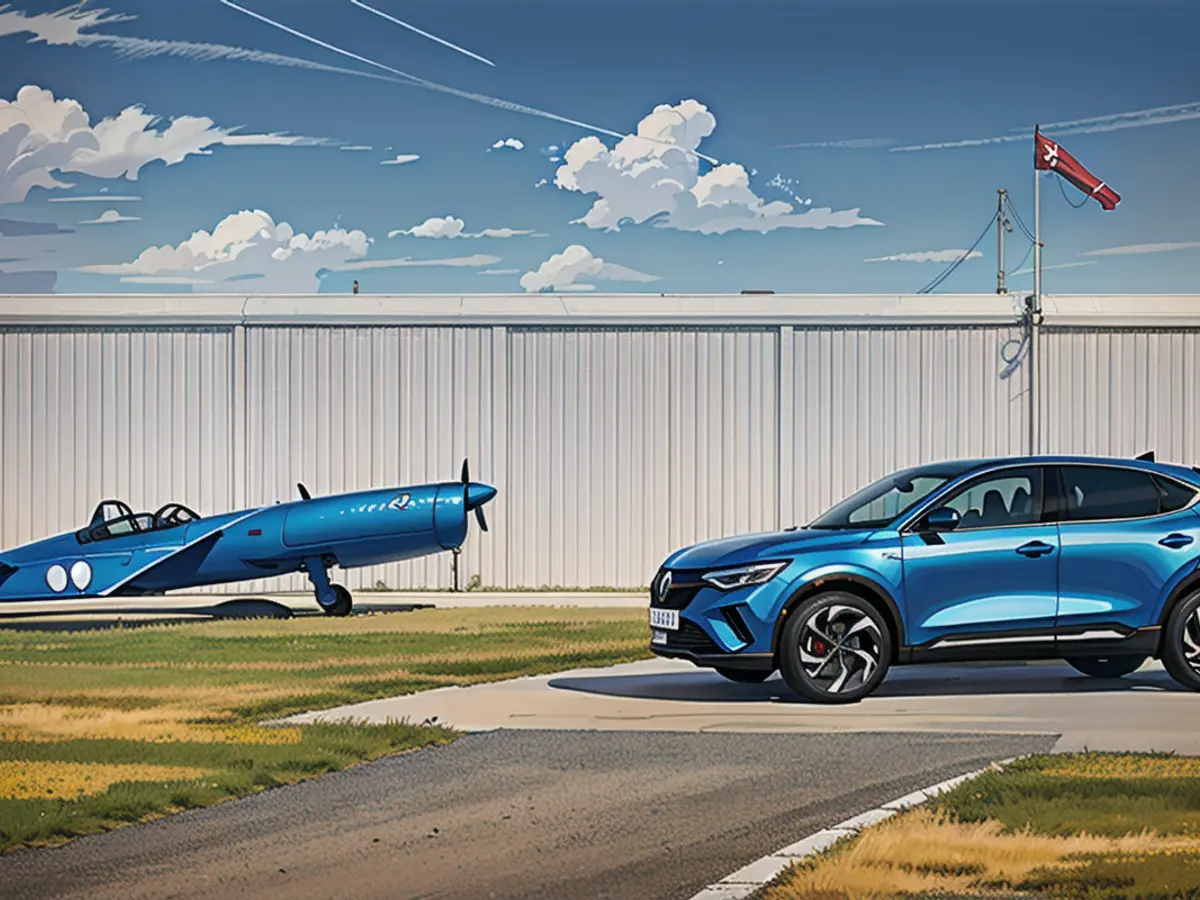Renault Rafale marks a fresh beginning for the mid-range segment.
Renault's lineup of mid-size cars is expanding with a new SUV. It has a comfortable interior and plenty of technology. Come and join us on its first ride.
If you plan on visiting a Renault dealership in the coming days and are interested in the latest mid-size model, called Rafale, you'll discover that you're still getting an SUV. The sedan and wagon models with the name Talisman were discontinued about two years ago. However, the choices are limited for now, as there's only one powertrain with hybrid technology, producing 200 horsepower. Later in the fall, Renault will add a plug-in hybrid with 300 horsepower, but it will be more expensive and cater to a high-end audience.
So for now, let's focus on the base model and take a moment to examine the exterior. Renault is aiming to create a unique style with this model that's not your typical SUV. Instead, it's more like a crossover with a coupe-like design, standing at 1.61 meters in height. The Rafale is significantly shorter than the Talisman's 4.87-meter length, making it easier to navigate in urban areas and parking lots. There's also an existing mid-size model under the same platform, the Espace, with a more traditional SUV form.
The Rafale is designed to make a visual impact
Renault wants the Rafale to make a visual impact, drawing in potential customers with a modern front design. The adaptive LED headlights catch the eye, as does the elaborate grille, with a 3D-shingle (made of plastic) that resembles Op Art. The look of the grille changes depending on the viewing angle and light conditions. The rear of the Rafale features a flowing roofline (typical hatchback design) and zigzag-shaped taillights.
If you're intrigued by the Rafale (its name is inspired by the Caudron-Renault aircraft), you'll discover a large display wall right away. It consists of a 24-inch L-shaped monitor, with the left section functioning as the instrument cluster and the right section as a touchscreen.
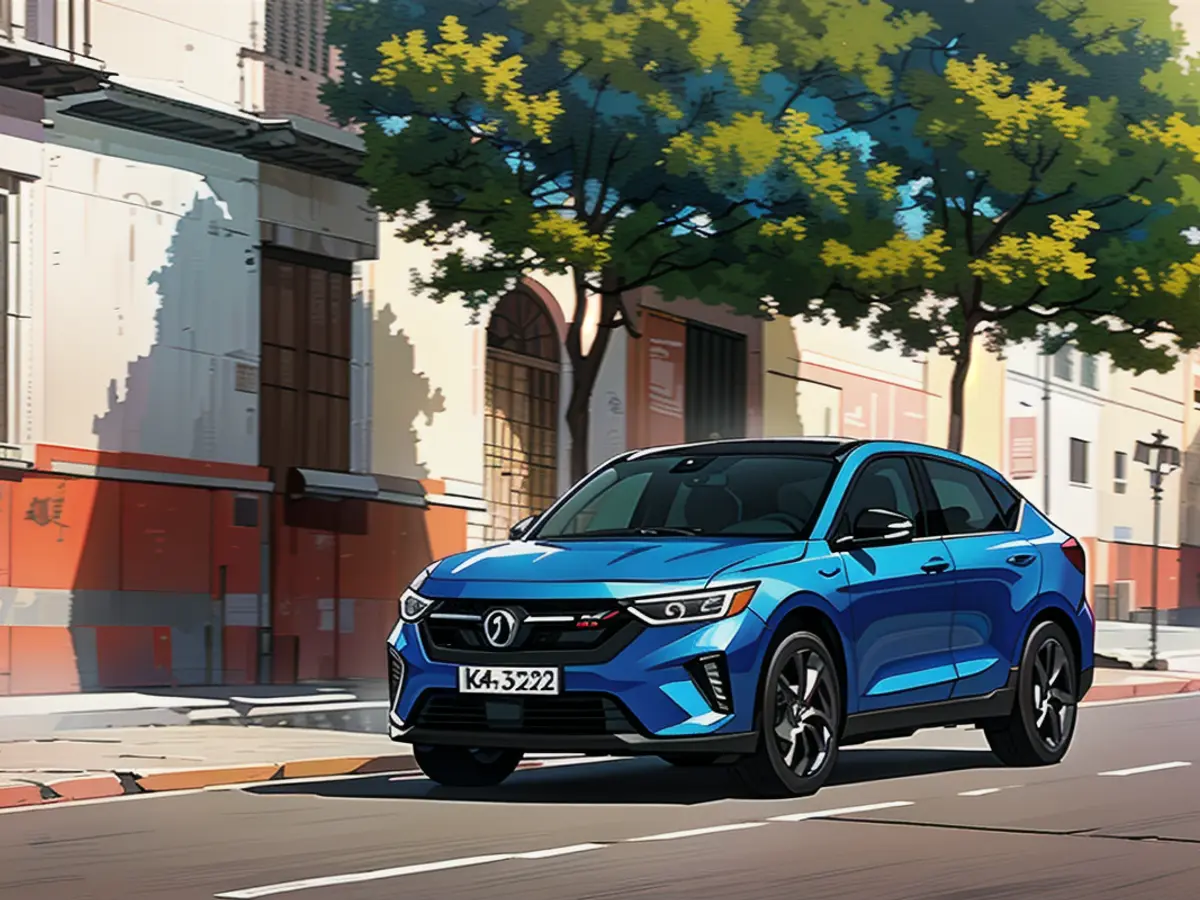
After becoming familiar with the various menus, you can navigate them with ease. Another useful feature is the inclusion of Google's expertise for the voice control system. Additionally, you can turn off multiple (overly aggressive) assistants at once with a single button press in the dashboard area to the right of the steering wheel.
A smooth, powerful drive
Before you begin an enjoyable journey, it's best to turn off the persistent speed warning and the overly active lane keeping assistant. Now it's time to look at the powertrain. The crux of the multi-engine concept is a 1.2-liter three-cylinder turbocharged gasoline engine with 130 horsepower. For a mid-size car like this, you'd typically expect at least a four-cylinder engine due to its better driving dynamics. But that will be discussed later.
The engine offers 205 Newton-meters of torque and is supported by a 68 PS strong electric generator, providing the same torque. There's also a 34 PS stronger starter generator to smoothly restart the always-on burner. The gear ratios for the electric motor are different, as well as those for the burner, resulting in 15 distinct gear combinations. However, the Rafale starts smoothly, despite the lack of a vibration-free clutch. The initial movement is always provided by the electric generator. Once it starts rolling, the gasoline engine kicks in.
A sophisticated appearance and other features
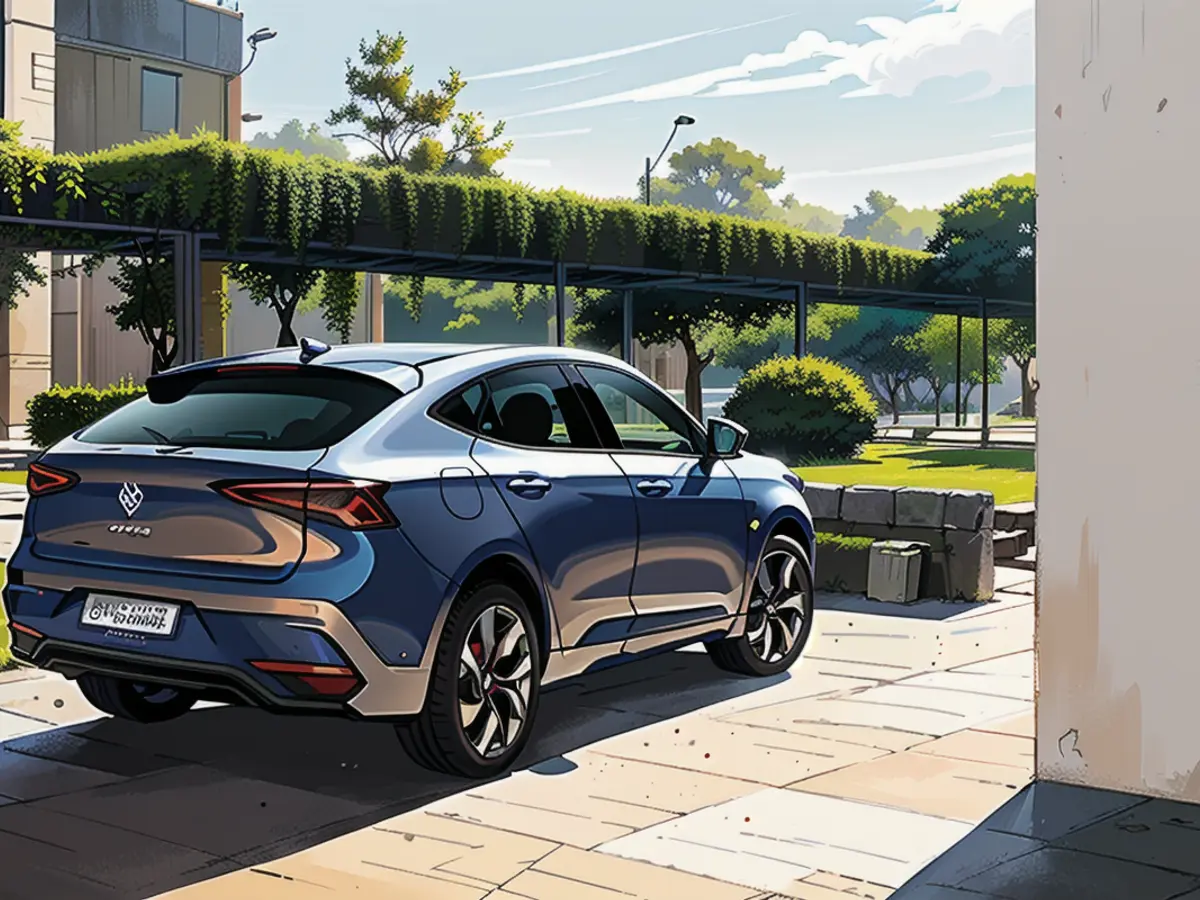
The gear shifts are mostly smooth, depending on the load situation and power requirements. A particularly bold step on the gas pedal can cause a slight jerk. The Rafale with its 200 PS system is indeed smooth but can't be called a sports car. It accelerates from 0 to 100 km/h in 8.9 seconds.
Renault's engineers have made an interesting choice with the suspension. Light road bumps cause body movements, which could use some improvement. However, the Rafale does offer a respectable level of comfort, especially considering that its seats have an optional massage function.
All-wheel steering is not new territory for Renault fans. The use of five degrees of steering angle at the rear axle is noteworthy, which reduces the turning circle from 11.6 to 10.4 meters. This transformation makes the mid-size car feel like a compact car.
The Rafale's subtle driving noises are worth mentioning. The three-cylinder engine (usually known for its high-frequency sounds) is almost inaudible under heavy load. It seems someone invested in top-notch insulation.
In conclusion, the Rafale is an interesting blend of an SUV and a crossover that aims to make a statement, while still delivering a comfortable driving experience. With these advancements, Renault hopes to appeal to a wider audience and strengthen its presence in the mid-size car market.
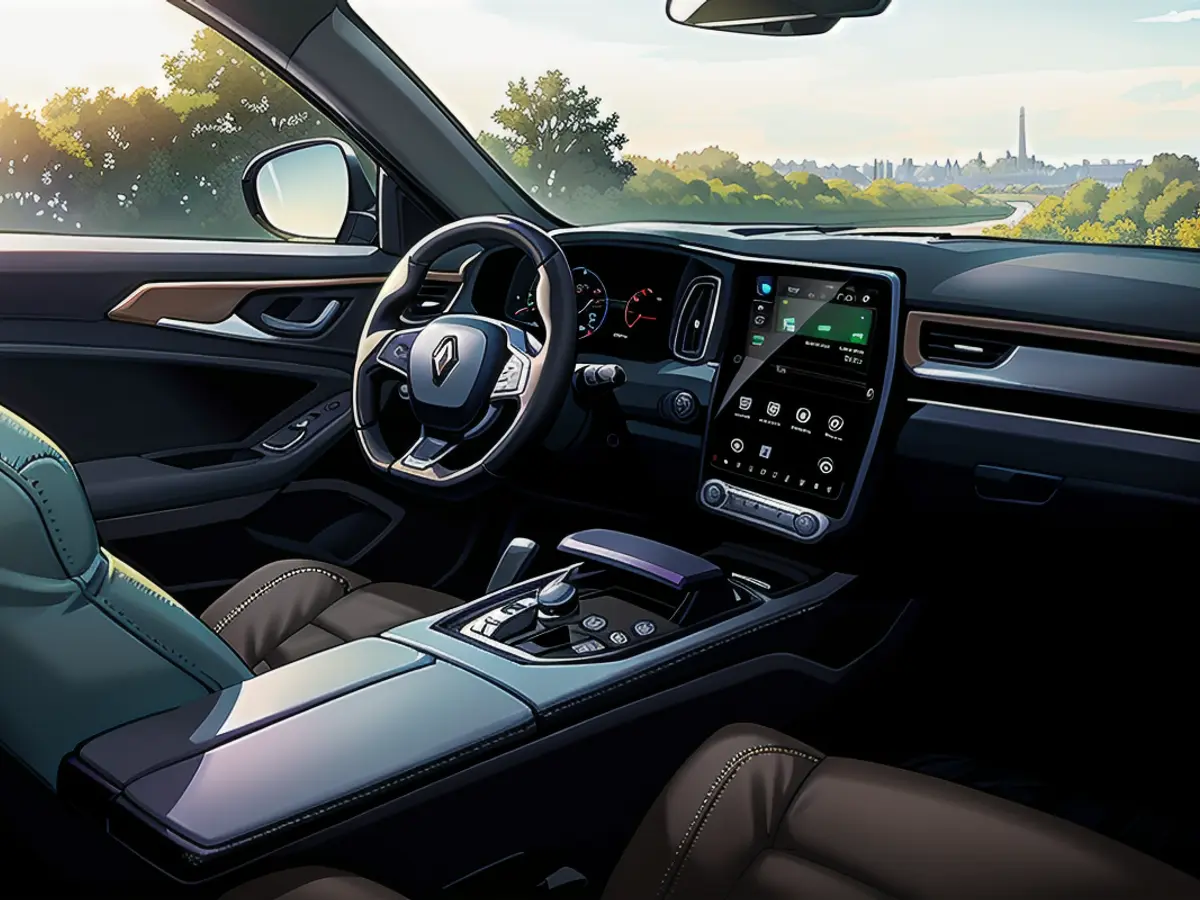
The steering and brakes seem artificial and feathery; it's not exactly undesirable, yet it deviates from the sporty vibe of its contemporaries. The pedal feel is shared by most hybrids, but the French artfully conceal the transition between regenerative braking (recharging the 2-kWh battery by capturing kinetic energy) and the commencement of the traditional friction brake, which they refer to as 'blending'.
The manufacturer's claimed fuel consumption of 4.7 liters per 100 km on the WLTP cycle hasn't been met by the Rafale on the twisty country roads. Rather, it hovers around 7 liters. However, the 1.7-ton vehicle had to interact dynamically.
As for the overall impression, the striking feature is the massive panoramic roof, which omits a mechanical Venetian blind. With a simple button press, the liquid crystal-based darkening takes place. Quite a nifty feature. If you choose the "Esprit Alpine" equipment package, you'll also receive an illuminated Alpine logo in the area of the backrests. That's quite a posh detail. Oh, and the Rafale provides a strong statement in terms of trunk volume, boasting 1910 liters — quite the feat for this category.
Can Renault make a comeback as a notable player in mid-range vehicles? With a starting price of 43,800 euros, the manufacturer is aiming high and competitively, especially considering the considerable standard equipment. Renault had triumphant times in this class more than two decades ago. In 2003, for instance, they sold over 23,000 Lagunas from their dealerships. The annual sales of the Talisman later dwindled to a few thousand, and the newly revived Espace doesn't exactly dominate the market. Let's see which path the Rafale pursues. It certainly deserves some appreciation from customers.
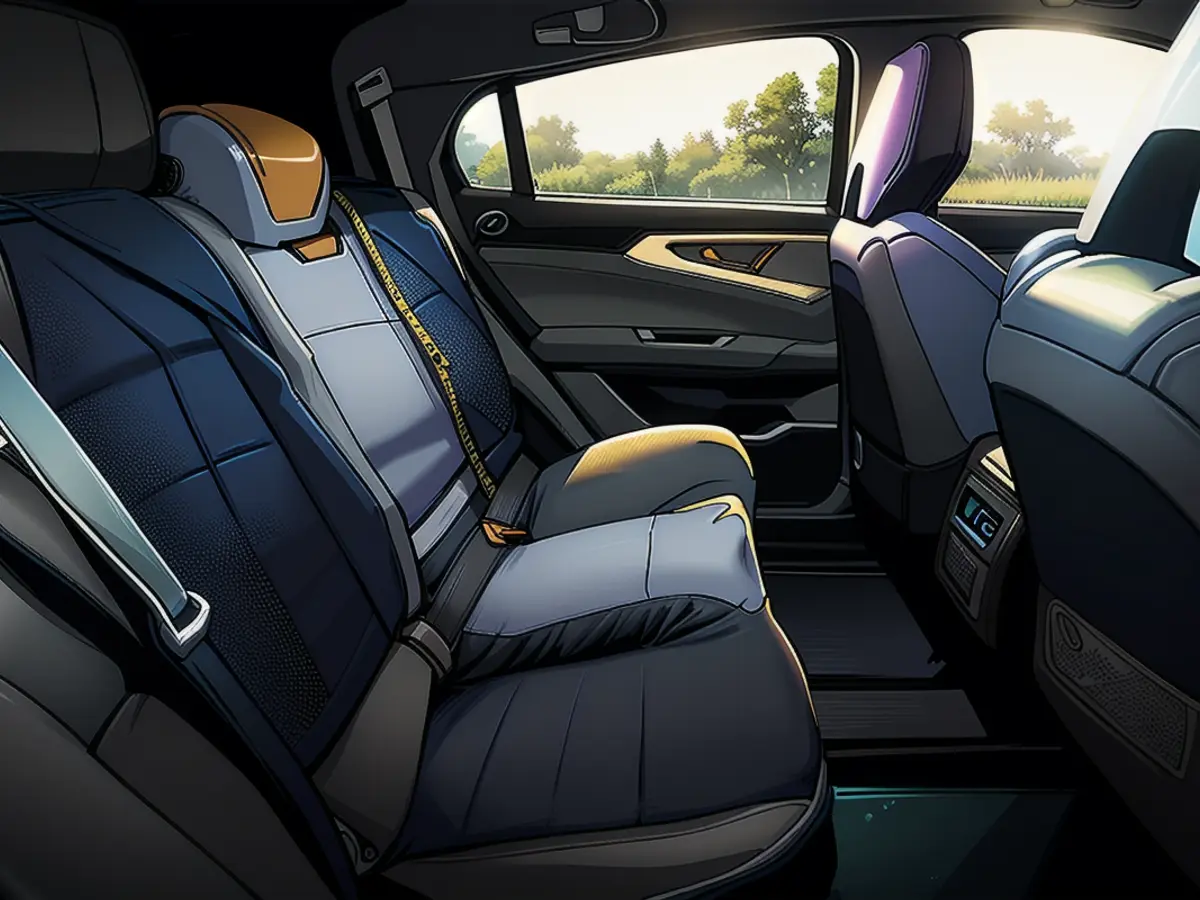
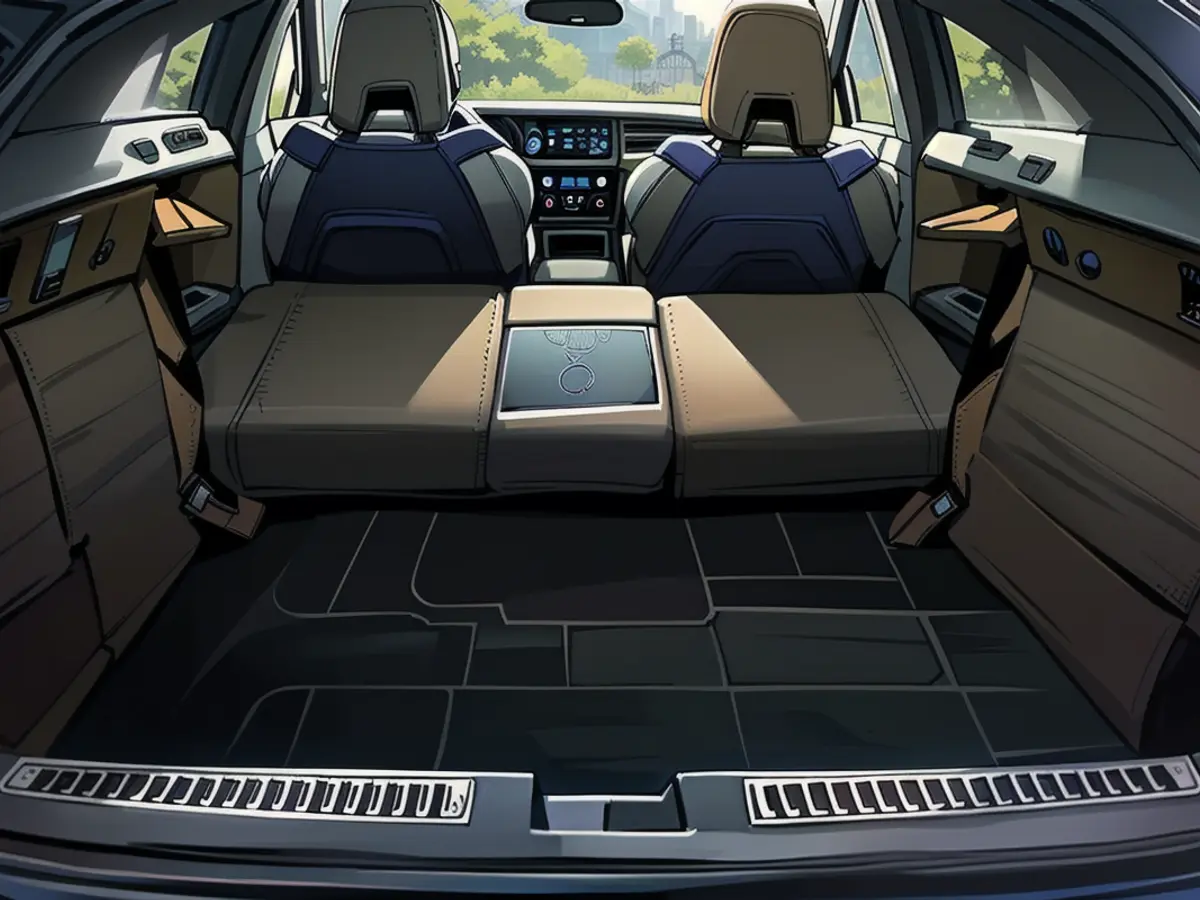
Read also:
- If you're interested in test driving the new Renault Rafale, it's worth noting that it falls under the upper middle class segment among Renault models and offers a practical test for those seeking an SUV with a unique style.
- The upcoming mid-size SUV, the Renault Rafale, will be joining the lineup of Renault cars and will be available for tests, catering to individuals looking for a comfortable and tech-loaded car, perfect for the urban environment.
- The Renault Rafale, set to debut this fall, is a compelling choice for those looking for an SUV that offers both a stylish design and powerful performance, with tests available for potential customers in the upper middle class market.
Source: www.ntv.de
